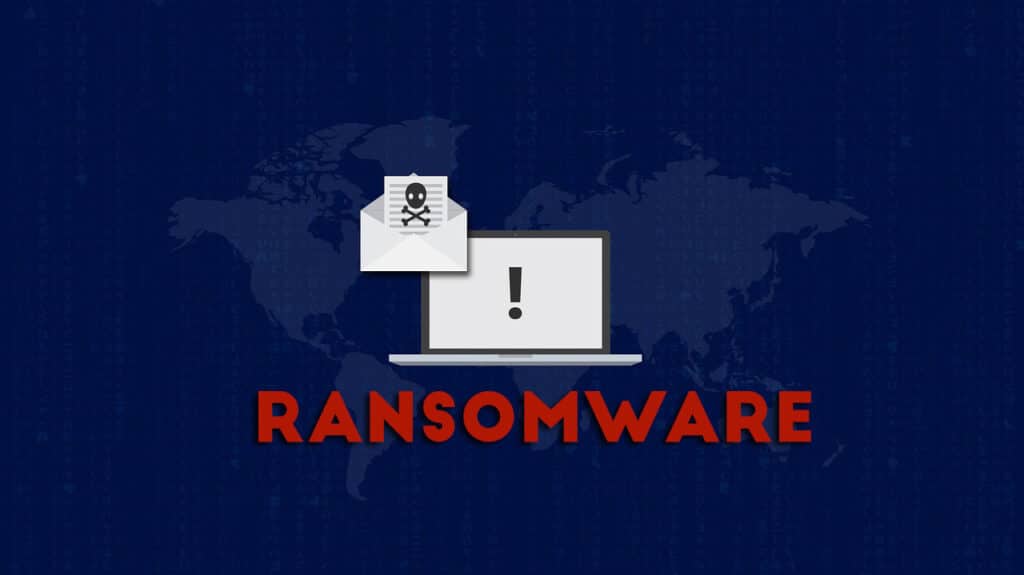Ransomware has become one of the major topics of discussion these days with the huge attacks on government offices, schools, and hospitals. Let’s have a look at what a ransomware is and how it works.
Contents
What are malware and ransomware?
The term Malware refers to a program which is harmful to your computer. Ransomware is a kind of malware which essentially takes the control over a computer and then prevents the users from accessing the data on it until they pay the ransom to the creators of the Ransomware.
How does your computer get infected with ransomware?
The most general scenario is that you click on a link in a file or an attachment which redirects to a malicious web server. This kind of attacks are known as Phishing attacks and the most common medium for phishing is the emails.
The best way to protect yourself from these phishing attacks is to be very careful when you open an email from an unknown source. Make sure you do not click on any of the links in such suspicious emails. This is because the main aim of ransomware is to make the user believe that the link is legit and make him fall pray for them.
The major ransomware attacks which occurred recently, including the infamous WannaCry and the one spreading this Tuesday, borrowed from leaked National Security Agency code which permits software to spread quickly within the network of an organization.
How does ransomware work?
Just like the name suggests, a Ransomware is s software that holds your files and encrypts the data only to be made available once the user pays the ransom. It crawls through your hard drive and encrypts all the data it can get in touch with. Once the encryption is done, the user can access only one page which shows the message from the creators of that specific Ransomware. It usually contains the threats and the address to which the user has to send the money.



useful information.